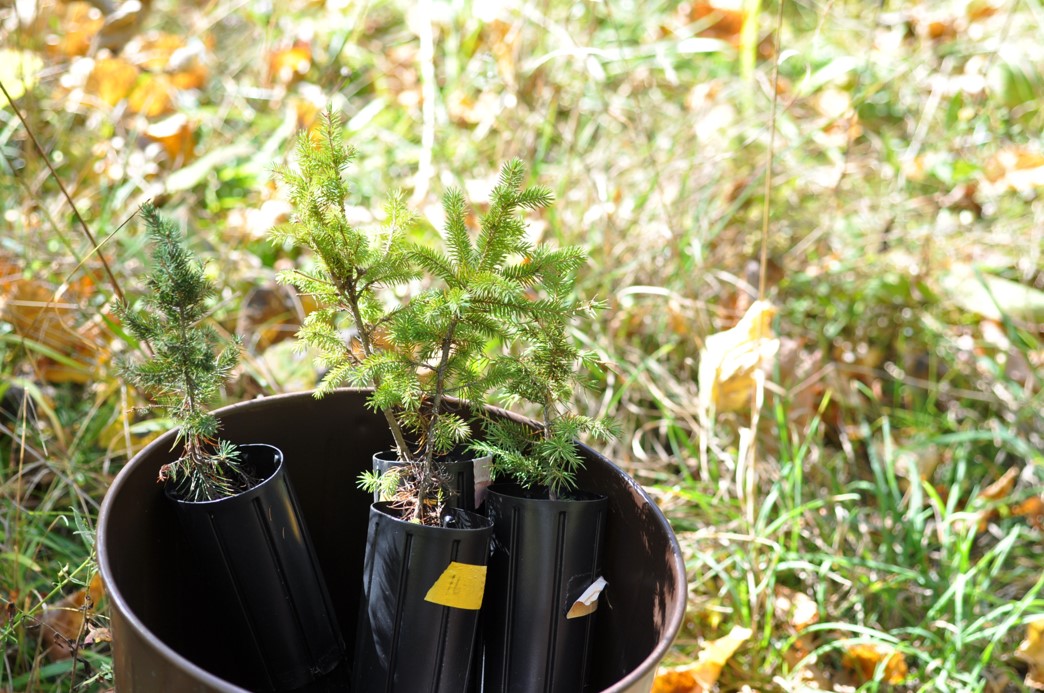For communities and individuals thinking about yard trees what simple methods are available to understand vulnerability in the context of a single tree or a forest property? Considering a tree's tolerance to environmental stress can help to optimize tree plantings for success given climate change pressures over time. A more resilient landscape can provide long-term climate and human health outcomes for communities.

How will climate change affect the tree you plan to plant?
Trees planted today will face a climate that is changing faster than at any point in history. Trees planted today will experience variability in the weather throughout their lifespan, encountering:
- Shorter and warmer winters
- Longer and warmer growing seasons with extended periods of drought
- More frequent heavy rain events
- More competition by invasive species
- More pest pressures and diseases (National Climate Assessment)
Some trees may readily tolerate changes brought about by climate change, while others may become stressed, unhealthy, and less able to survive after extreme events and disturbances. Before planting a tree, it’s important to assess if the tree planned for planting today can cope with the climate changes expected over its lifespan.
This guide provides a step-by-step process to help individuals consider the impacts of climate change when selecting a tree for planting. The guide includes a checklist and worksheets to assist when evaluating if the tree can tolerate the growing conditions of the planting site and the additional risks brought about by climate change.
The guide prompts additional considerations, such as:
- Can this tree tolerate warmer winters over time (changing “hardiness zones”)?
- Can this tree tolerate changes in extreme heat days over time (changing “heat zones”)?
- Is this tree expected to do well under future climate conditions?
- What can you do to help this tree cope with more variable and extreme climate conditions?
Which tree species should be planted?
This guide provides a series of steps and additional resources needed when evaluating the potential vulnerability of trees chosen for planting.
Additional resources are available for the Midwest and Northeast U.S., the Climate Change Response Framework website provides climate vulnerability assessments containing locally specific lists of tree species habitat suitability and capability to cope with climate change through the end of century. The lists are summarized by state, ecoregion, and city in select urban areas.
Additional tree species model information can be found for 125 trees as part of the USDA Forest Service Climate Change Tree Atlas interactive tool for trees in the Eastern U.S.
Download the guideCitation
Shannon, P.D.; Toot, R.; Rutledge, A.; Butler-Leopold, P.R.; Baroli, M. 2023. Considering climate change in tree planting. White Paper. Houghton, MI: U.S. Department of Agriculture, Northern Forests Climate Hub. 11 p. https://doi.org/10.32747/2023.8054015.ch
Acknowledgments
This is a joint product of the USDA Northern Forests Climate Hub and the Northern Institute of Applied Climate Science, a collaborative, multi-institutional partnership led by the USDA Forest Service.
Funding was provided by Forest Service Research & Development, through the Northern Research Station

